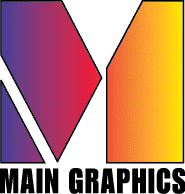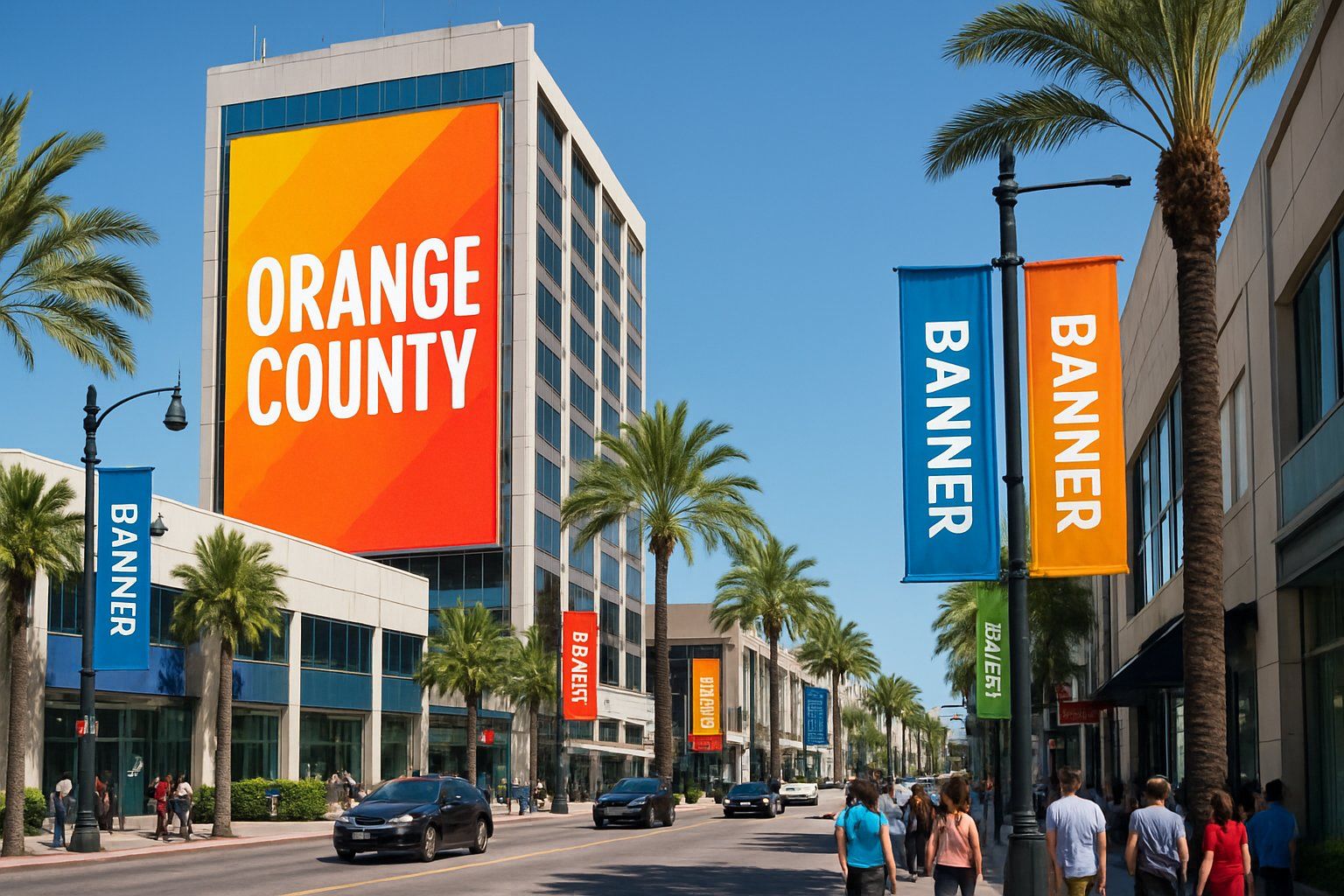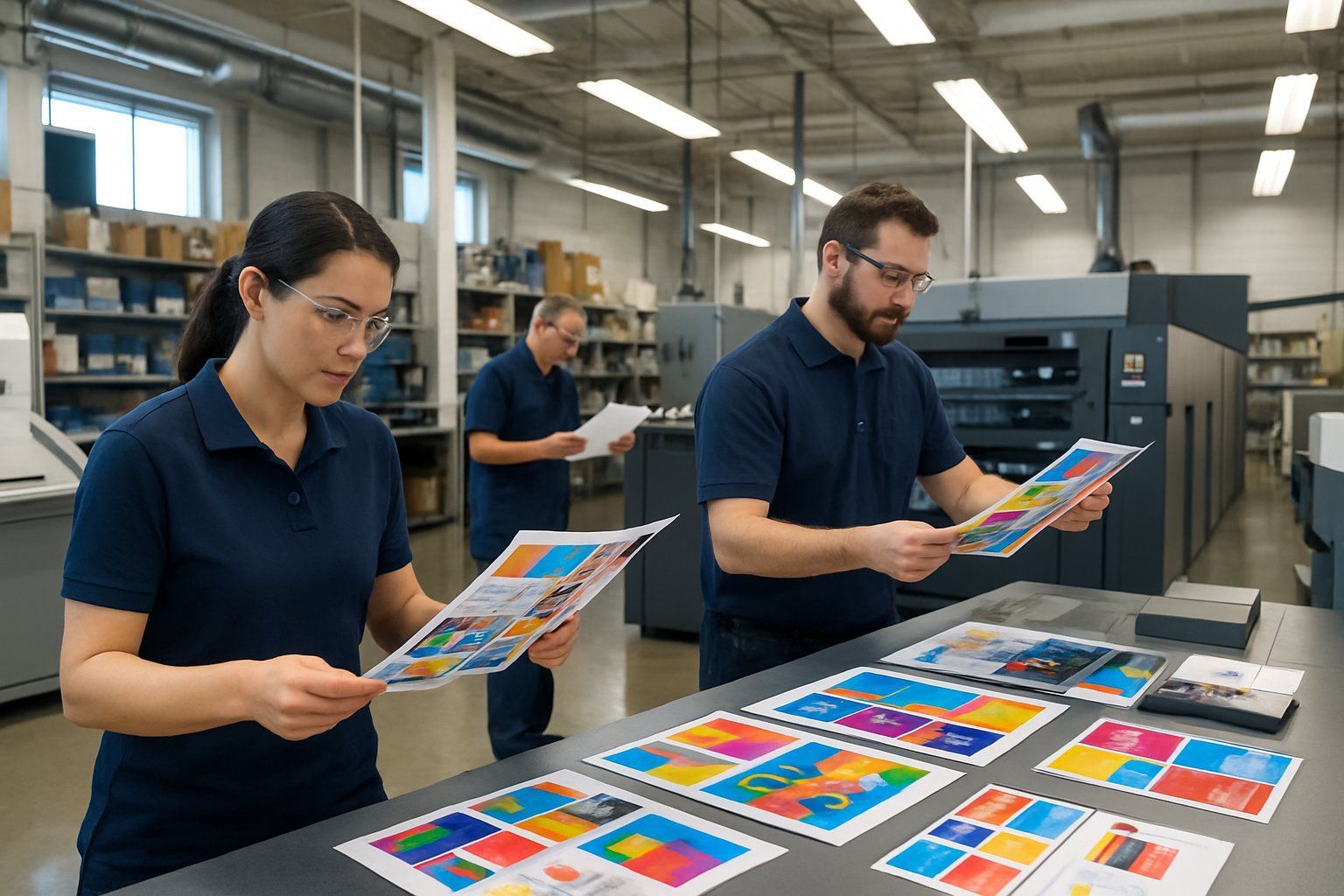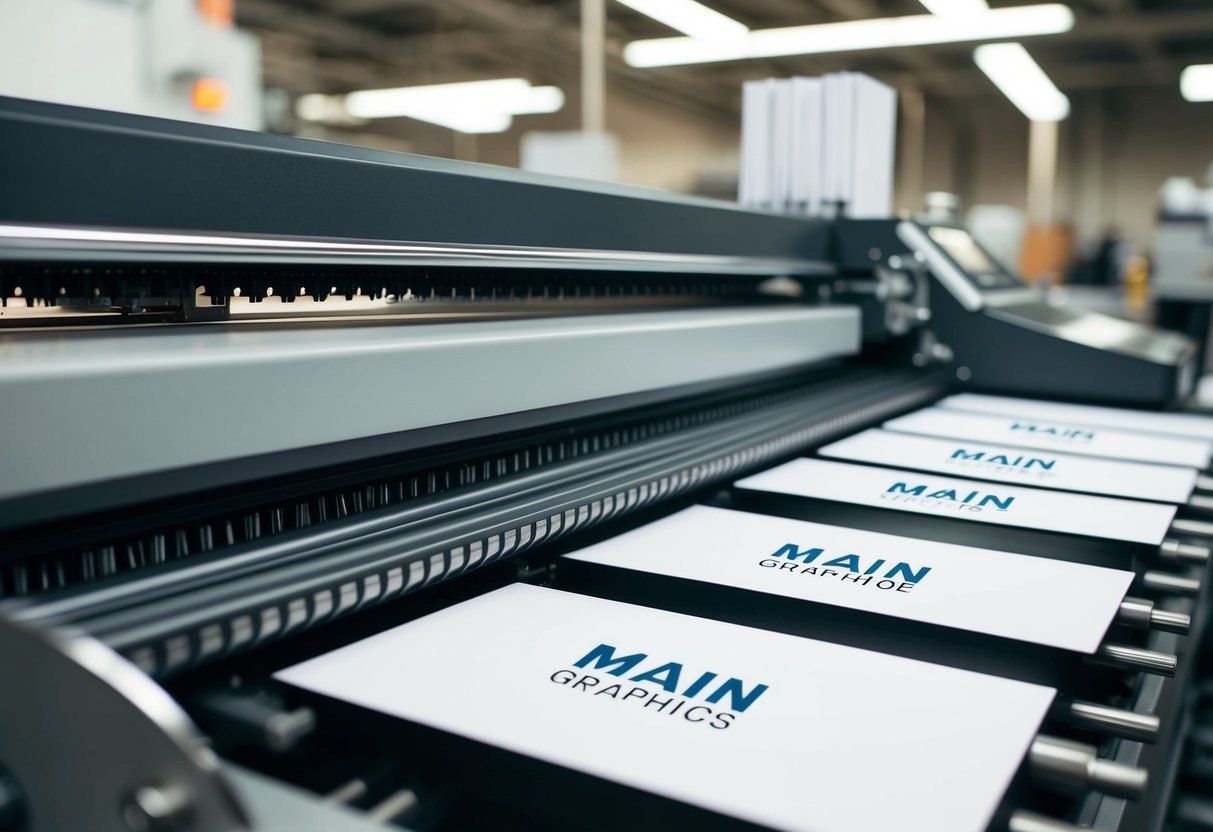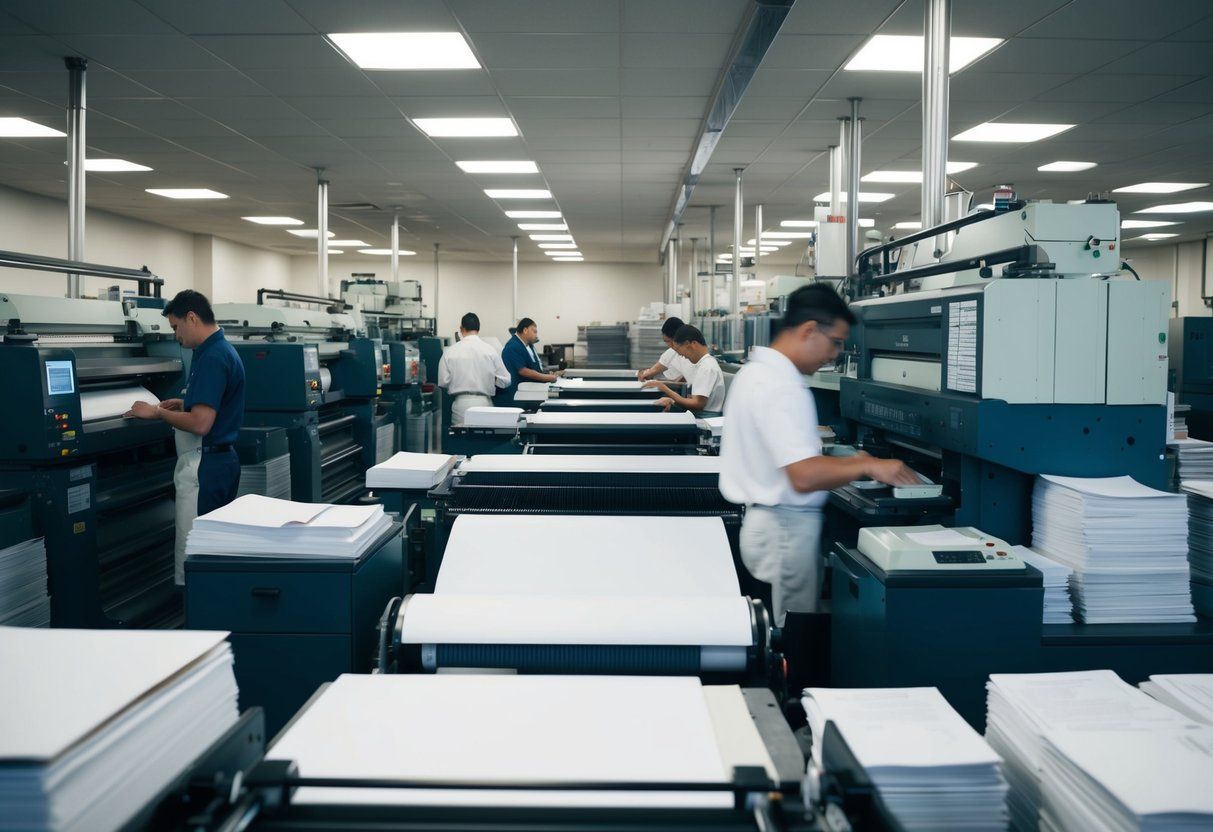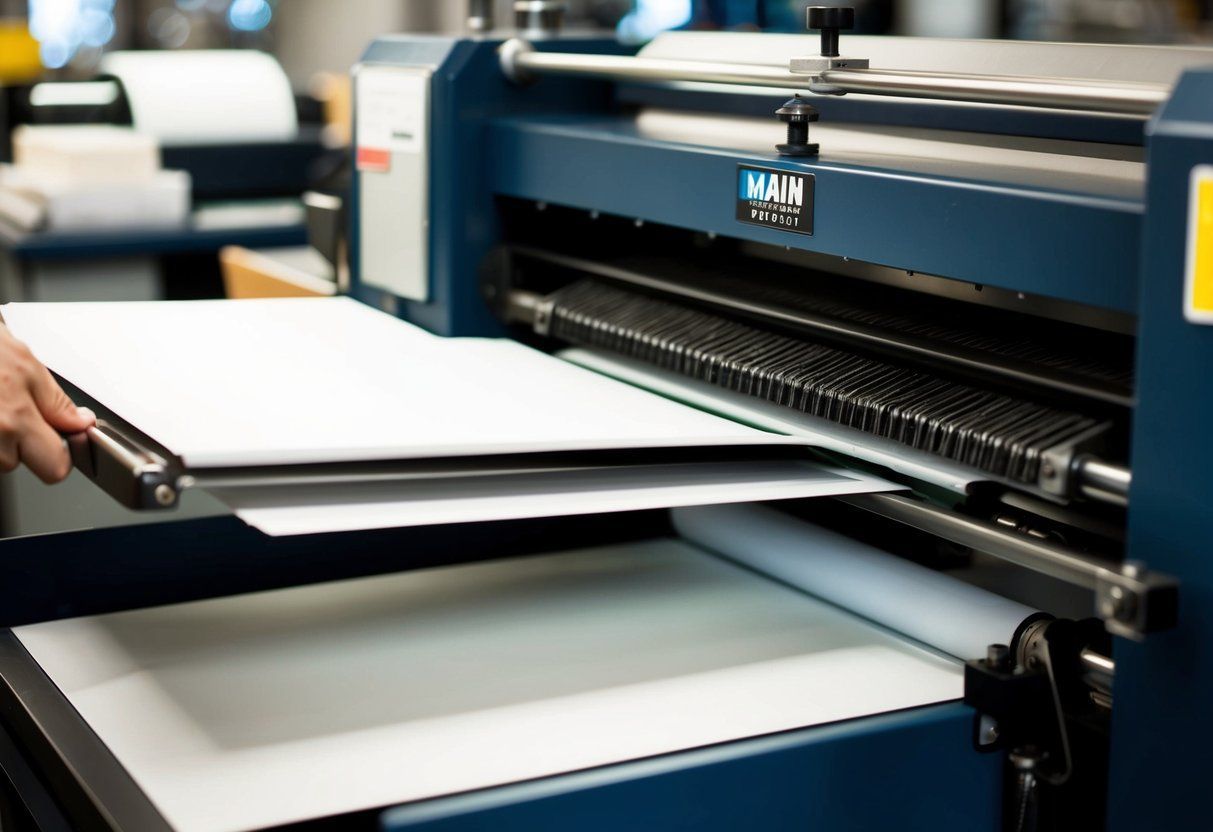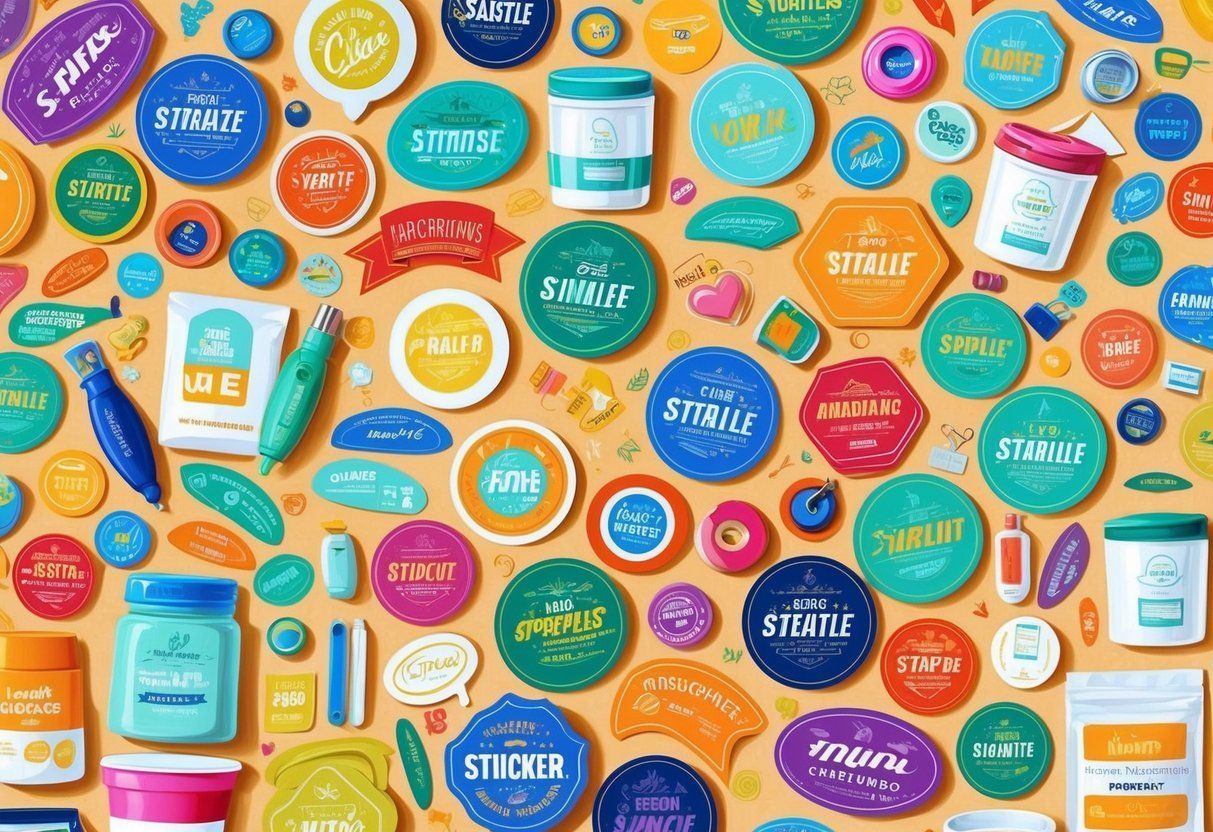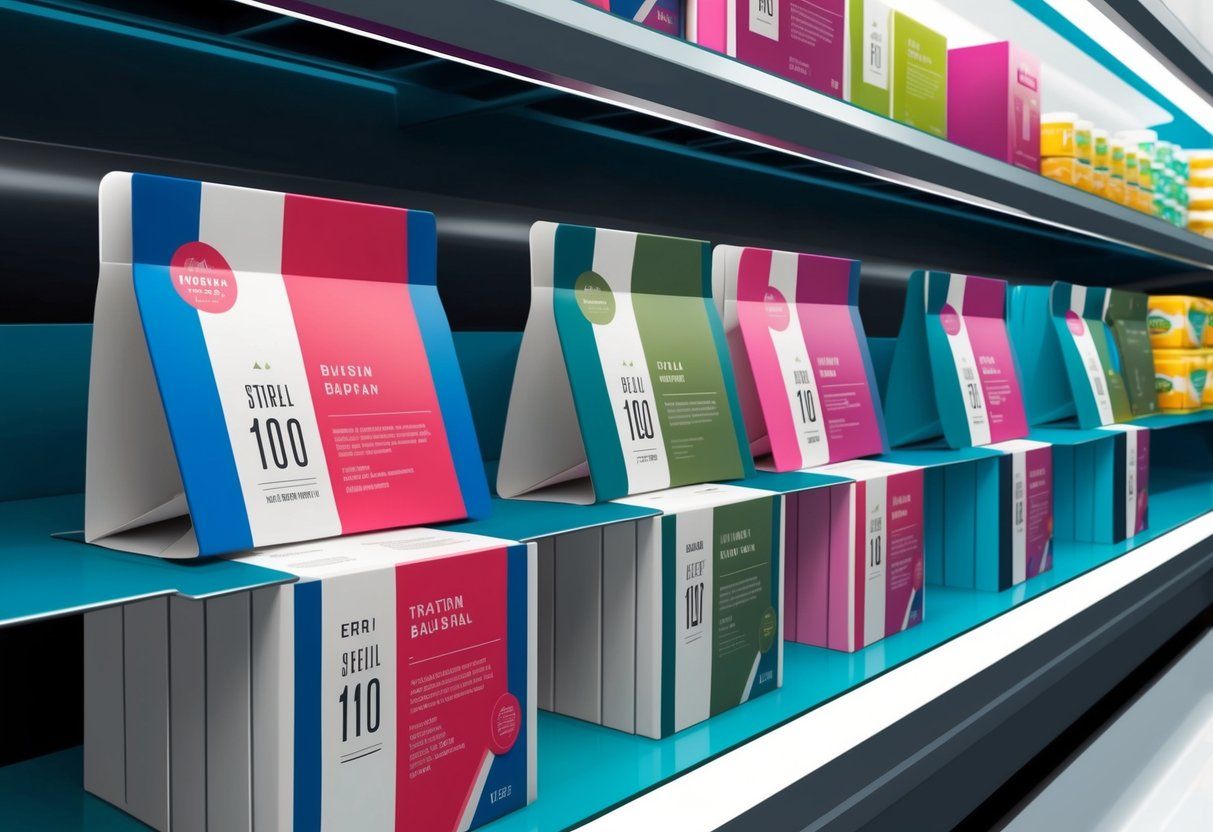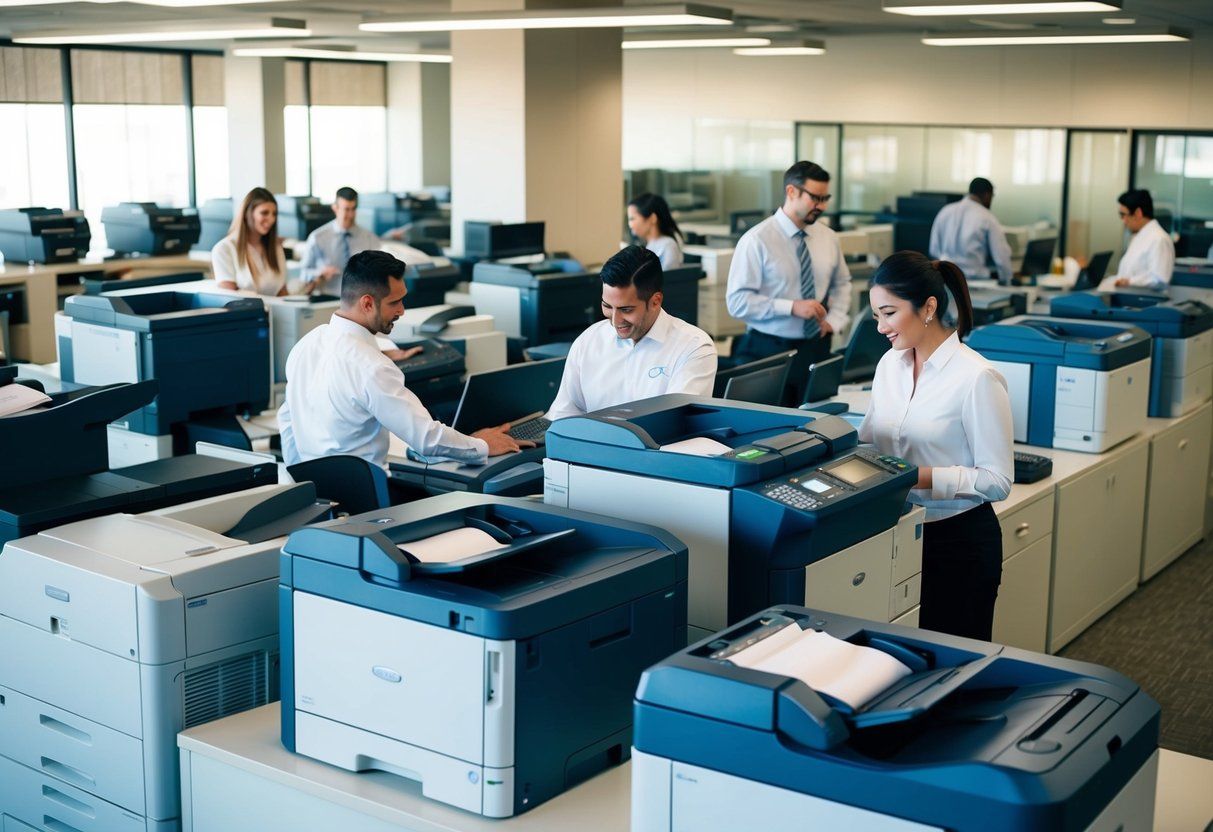Secrets to Successful Catalog Printing: A Guide for Retailers and Entrepreneurs
Catalog printing can be an effective marketing tool for retailers and entrepreneurs looking to showcase their products and services. However, creating a successful catalog requires more than just high-quality images and catchy slogans. In this article, we will explore the secrets to successful catalog printing and provide a guide for retailers and entrepreneurs looking to create a catalog that stands out from the competition.

One of the key elements of successful catalog printing is understanding your target audience. By knowing who your customers are and what they are looking for, you can tailor your catalog to meet their needs and preferences. This can include everything from selecting the right products to feature to choosing the right layout and design.
Another important factor to consider when printing a catalog is the overall marketing strategy. A catalog should be viewed as part of a larger marketing campaign, and should be designed to complement other marketing efforts such as social media, email marketing, and advertising. By integrating your catalog into your overall marketing strategy, you can maximize its impact and reach a wider audience.
Understanding Catalog Printing
Catalog printing is a crucial aspect of any retail business. A well-designed catalog can help retailers showcase their products and services to potential customers. However, to achieve success in catalog printing, retailers and entrepreneurs must have a good understanding of the process.
The Importance of Quality
Quality is a critical factor in catalog printing. The quality of the printed catalog can have a significant impact on how customers perceive a business. A poorly printed catalog can give the impression that a business is unprofessional and may negatively affect sales.
To ensure high-quality catalog printing, retailers and entrepreneurs must choose a reliable printer. A printer that specializes in catalog printing can offer a range of services, including digital printing and offset printing. Digital printing is suitable for short runs, while offset printing is ideal for large print runs.
Choosing the Right Printer
When choosing a printer for catalog printing, retailers and entrepreneurs must consider several factors. These include the printer’s reputation, experience, and the quality of their printing services.
A reputable printer will have a track record of producing high-quality catalogs for their clients. They will also have the necessary experience and expertise to handle complex printing projects.
In addition to quality, retailers and entrepreneurs must also consider the printer’s pricing and turnaround time. A printer that offers competitive pricing and fast turnaround times can help businesses save money and time.
In conclusion, understanding catalog printing is essential for retailers and entrepreneurs who want to create successful catalogs. By focusing on quality and choosing the right printer, businesses can create catalogs that effectively showcase their products and services to potential customers.
Designing Your Catalog

When it comes to designing a catalog, there are several important factors to consider to ensure that it is effective in attracting and retaining customers. Here are some tips for designing a successful catalog:
Layout and Aesthetics
The layout and aesthetics of your catalog play a crucial role in capturing the attention of your audience. It is important to choose a layout that is visually appealing and easy to navigate. Use a consistent color scheme and font throughout the catalog to maintain a cohesive look and feel. Consider using tables, lists, and other formatting techniques to make the information easy to digest.
Incorporating High-Quality Images
High-quality product images are essential for a successful catalog. Use professional photographs that showcase your products in the best light possible. Consider including multiple images of each product from different angles to give customers a better idea of what they are purchasing. Be sure to optimize the images for print to ensure they look their best in the final product.
Effective Product Descriptions
Product descriptions are another important aspect of your catalog. Use clear and concise language to describe each product, highlighting its features and benefits. Consider including customer reviews or testimonials to add credibility to your product offerings. Use bold or italicized text to draw attention to important information.
By keeping these design elements in mind, you can create a catalog that effectively showcases your products and appeals to your target audience. Remember to stay true to your branding and use graphic design elements that align with your overall brand aesthetic.
Catalog Specifications

When it comes to catalog printing , there are several specifications that retailers and entrepreneurs need to consider. These specifications include size, format, paper choices, and binding options. In this section, we will discuss these specifications in detail.
Size and Format Decisions
One of the most important decisions that retailers and entrepreneurs need to make when printing a catalog is the size and format. The size and format of the catalog will depend on the type of products being sold, the target audience, and the budget.
Common sizes for catalogs include 8.5 x 11 inches, 5.5 x 8.5 inches, and 6 x 9 inches. As for format, catalogs can be printed in portrait or landscape orientation. Landscape orientation is ideal for showcasing products that are wider, while portrait orientation is better for longer products.
Paper Choices and Binding Options
Choosing the right paper stock and binding option is crucial for the success of a catalog. The paper stock should be thick enough to withstand frequent handling, but not too thick that it makes the catalog heavy and difficult to handle. Common paper stocks for catalogs include 80 lb. gloss text, 100 lb. gloss text, and 70 lb. matte text.
Binding options include saddle-stitched, perfect bound, spiral bound, and wire-o bound. Saddle-stitched binding is the most common and cost-effective option for catalogs. Perfect bound binding is ideal for thicker catalogs, while spiral bound and wire-o bound are great for catalogs that need to lay flat when open.
Retailers and entrepreneurs can also consider finishing options such as lamination and foil stamping to make their catalogs stand out. Lamination can protect the catalog from wear and tear, while foil stamping can add a touch of elegance and sophistication.
In conclusion, retailers and entrepreneurs should carefully consider the size, format, paper stock, and binding options when printing a catalog. By choosing the right specifications, they can create a catalog that is visually appealing, easy to handle, and effective in showcasing their products.
Marketing and Distribution Strategies

Successful catalog printing is not just about designing and printing a beautiful catalog. It is also about marketing and distribution strategies that reach the right audience and drive sales. Here are some key strategies to consider:
Targeting Your Audience
Before designing your catalog, it is important to identify your target market. Who are your customers? What are their interests and preferences? What motivates them to buy? Use this information to create a catalog that speaks directly to your audience.
Integrating with Digital Channels
In today’s digital age, it is important to integrate your catalog with digital channels, such as social media and email marketing. Use social media to promote your catalog and reach a wider audience. Use email marketing to send your catalog directly to your customers’ inboxes.
Distribution and Direct Mail
Distribution is a key factor in the success of your catalog. Consider using direct mail to send your catalog directly to your customers’ homes. This can be a cost-effective way to reach a targeted audience. You can also distribute your catalog through your stores or other retail locations.
To summarize, successful catalog printing requires a well-planned marketing and distribution strategy. By targeting your audience, integrating with digital channels, and using direct mail and other distribution methods, you can reach the right customers and drive sales.
Measuring Success and Refinement
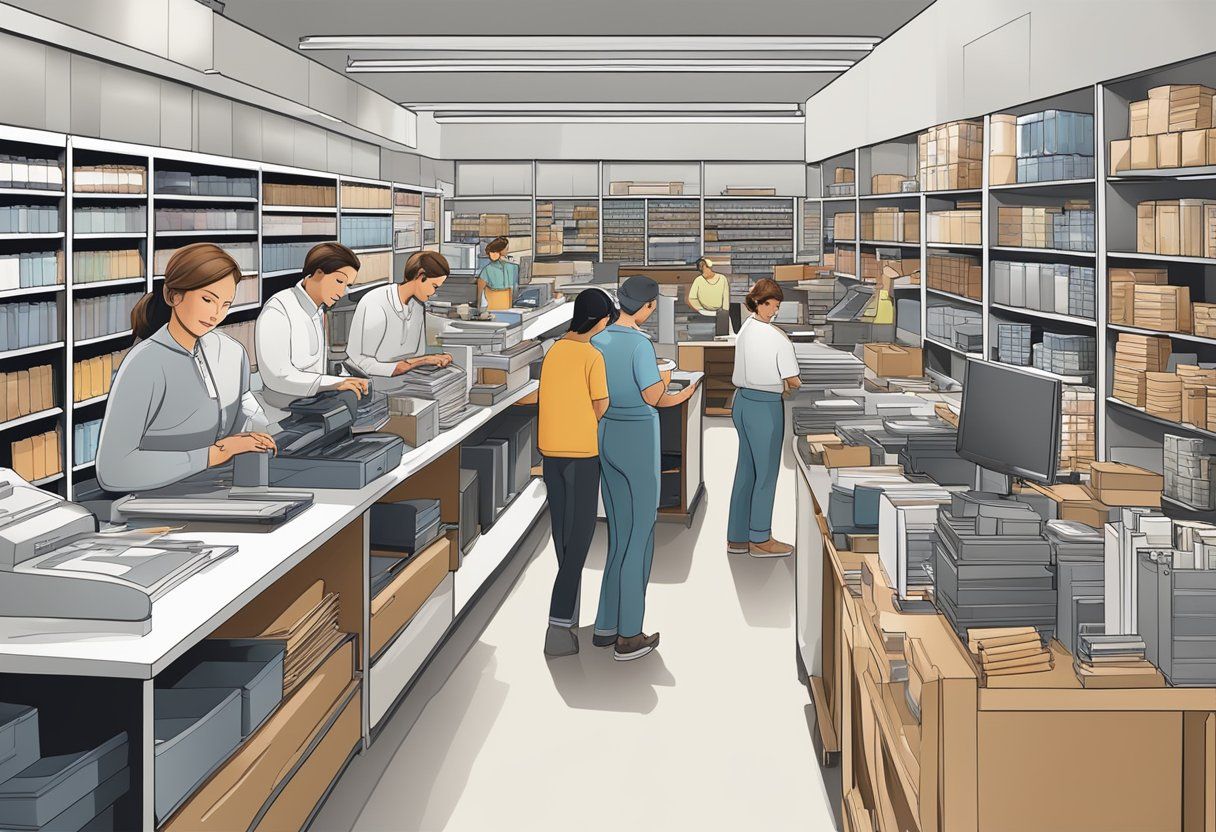
To achieve success in catalog printing, it is essential to measure the effectiveness of your catalog and refine it based on the results. This section will discuss two crucial aspects of measuring success and refinement: analyzing customer feedback and adapting to market trends.
Analyzing Customer Feedback
Analyzing customer feedback is one of the most critical steps in measuring the success of your catalog. It helps you understand how your customers perceive your products and services and identify areas for improvement. You can collect feedback through surveys, focus groups, or customer reviews.
Once you have collected feedback, it is essential to analyze it carefully. Look for patterns and trends in the feedback to identify common issues or areas for improvement. Use this information to refine your catalog and improve the customer experience.
Adapting to Market Trends
Market trends are constantly changing, and it is essential to stay up-to-date with the latest trends in your industry. Adapting to market trends can help you stay ahead of the competition and attract new customers.
To adapt to market trends, you need to keep a close eye on your industry and monitor changes in customer behavior. Look for emerging trends and incorporate them into your catalog to stay relevant and meet the evolving needs of your customers.
In conclusion, measuring the success of your catalog and refining it based on the results is crucial for achieving success in catalog printing. By analyzing customer feedback and adapting to market trends, you can refine your catalog and improve the customer experience, ultimately leading to increased sales and customer loyalty.
Frequently Asked Questions

What are the key elements to include in a successful business catalog?
A successful business catalog should include a visually appealing cover, a clear table of contents, high-quality product images, detailed product descriptions, pricing information, and a call to action. It’s important to make sure that the catalog accurately represents the brand and its products, while also being easy to navigate and understand.
How can I ensure high-quality printing for my retail catalog?
To ensure high-quality printing for your retail catalog, it’s important to work with a reputable printing company that uses advanced printing technology and high-quality paper. It’s also important to provide the printer with high-resolution images and clear design files. Before printing, it’s recommended to request a proof to ensure that the final product meets your expectations.
What is the optimal page count for an effective catalog?
The optimal page count for an effective catalog depends on the type of products being sold and the target audience. Generally, a catalog should be long enough to showcase all of the products, but not so long that it becomes overwhelming or difficult to navigate. It’s important to strike a balance between providing enough information and not overwhelming the reader.
What strategies can I employ to make my catalog stand out to consumers?
To make your catalog stand out to consumers, consider using eye-catching design elements, such as bold colors and typography. It’s also important to showcase the products in a unique and creative way, such as through lifestyle photography or product demonstrations. Including customer reviews and testimonials can also help to build trust and credibility with potential buyers.
How can I optimize the layout and design of my catalog for maximum impact?
To optimize the layout and design of your catalog for maximum impact, consider using a grid system to create a consistent and organized layout. Use white space effectively to draw attention to key products and information. It’s also important to consider the hierarchy of information and use typography and color to create visual hierarchy.
What are the best practices for writing compelling product descriptions in a catalog?
When writing product descriptions for a catalog, it’s important to be descriptive and informative, while also keeping the tone conversational and engaging. Use bullet points and short paragraphs to break up the text and make it easier to read. Include information about the product’s features and benefits, as well as any relevant details such as size, material, and care instructions.…
